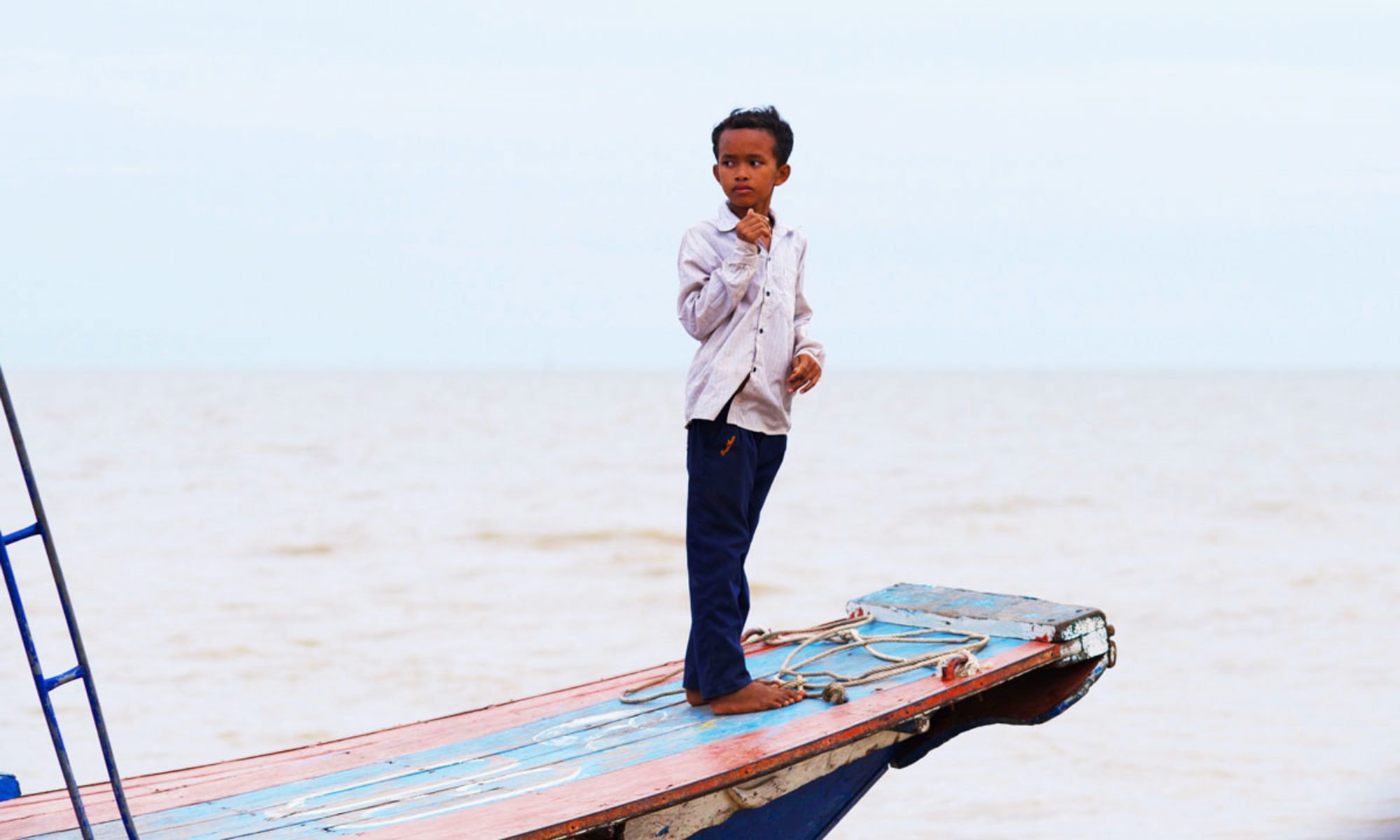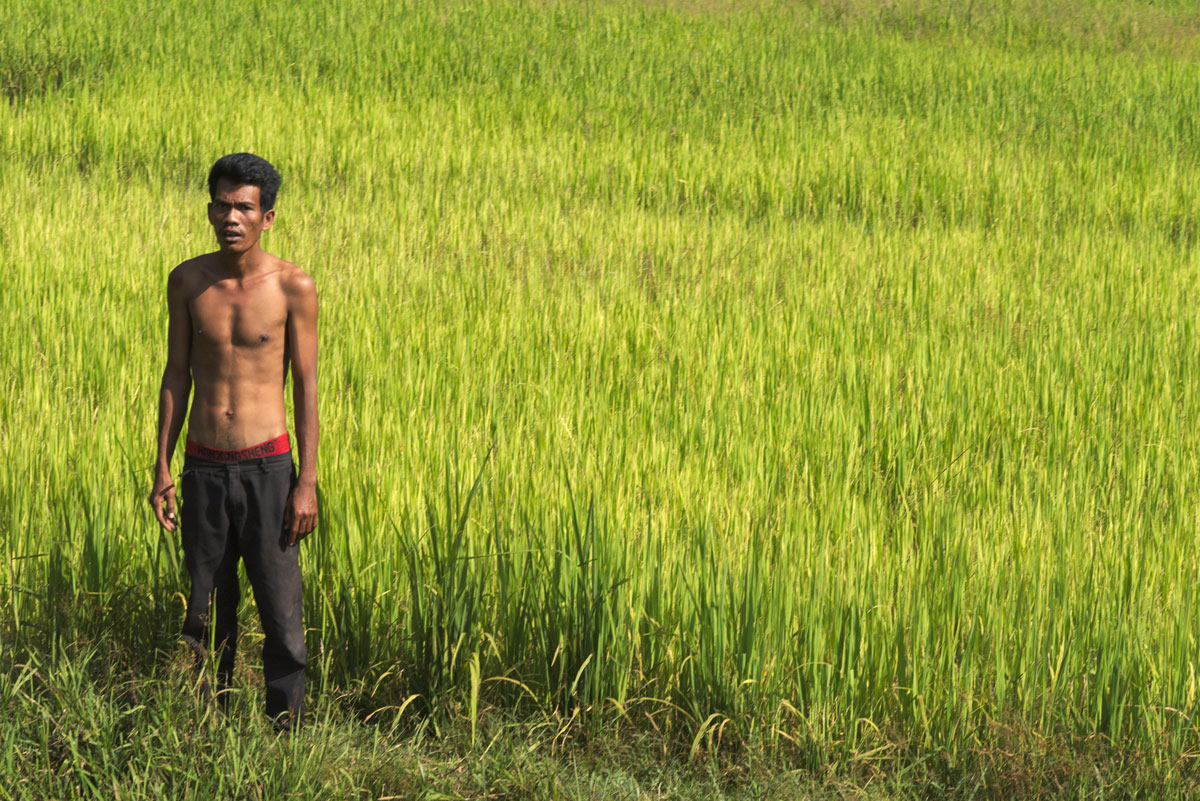 Cambodge © AE/JY Coquelin - all rights reserved
Cambodge © AE/JY Coquelin - all rights reserved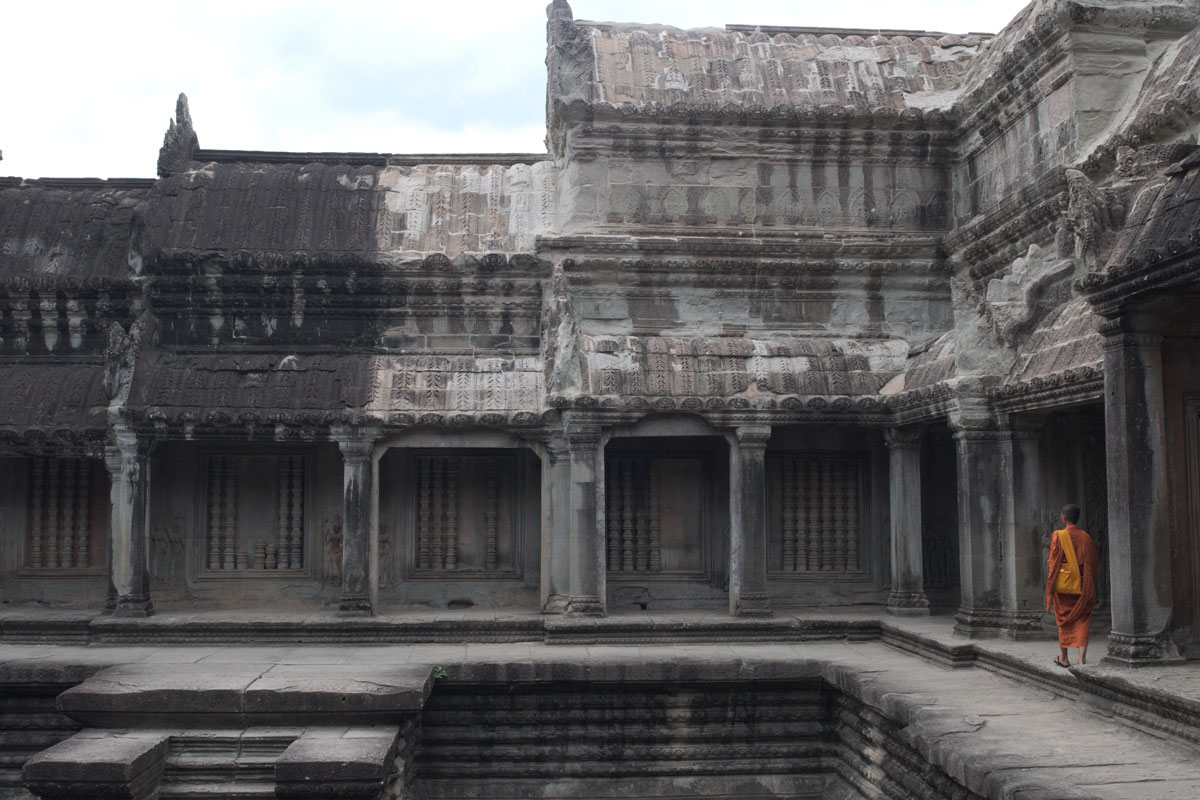




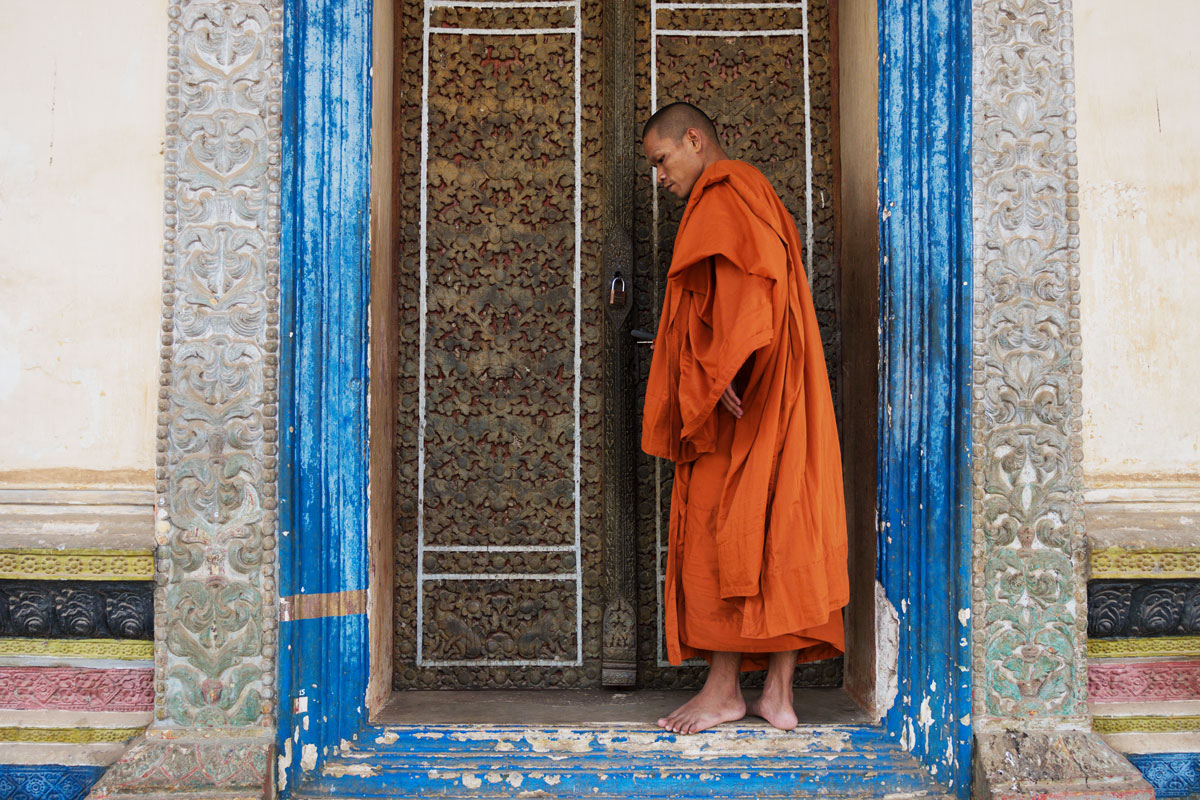
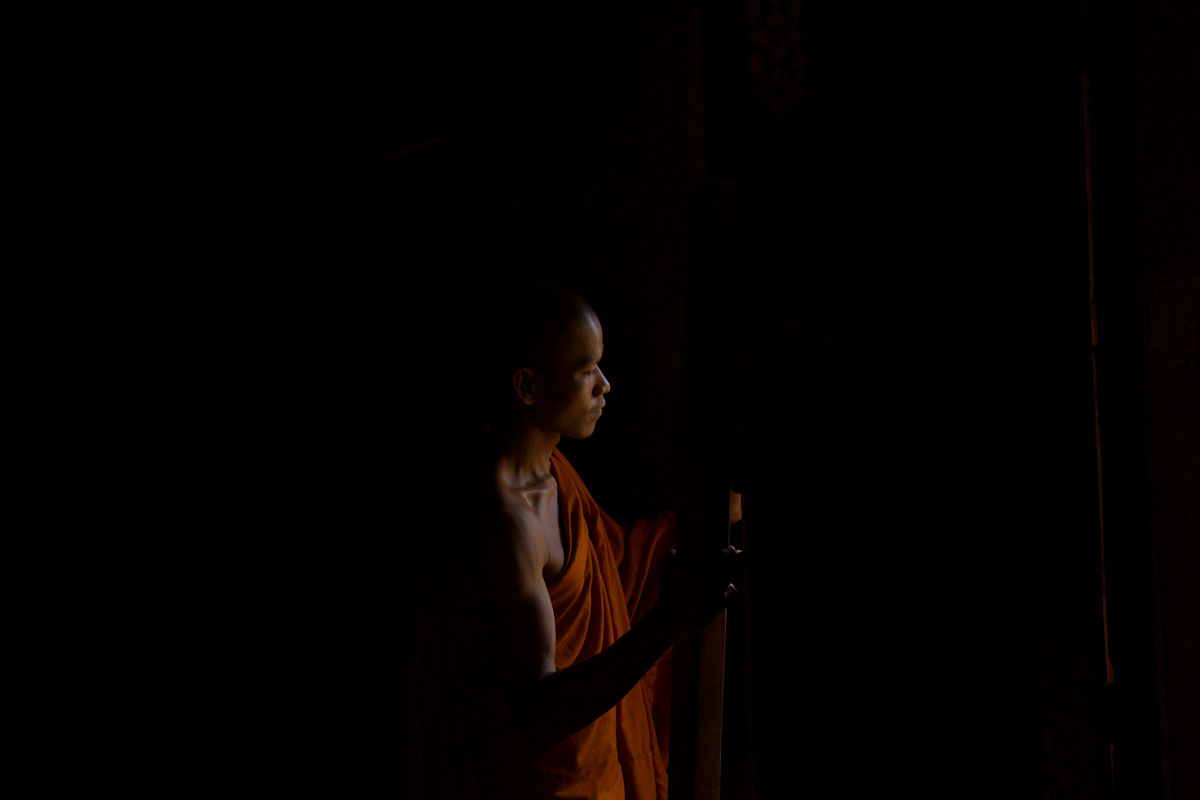
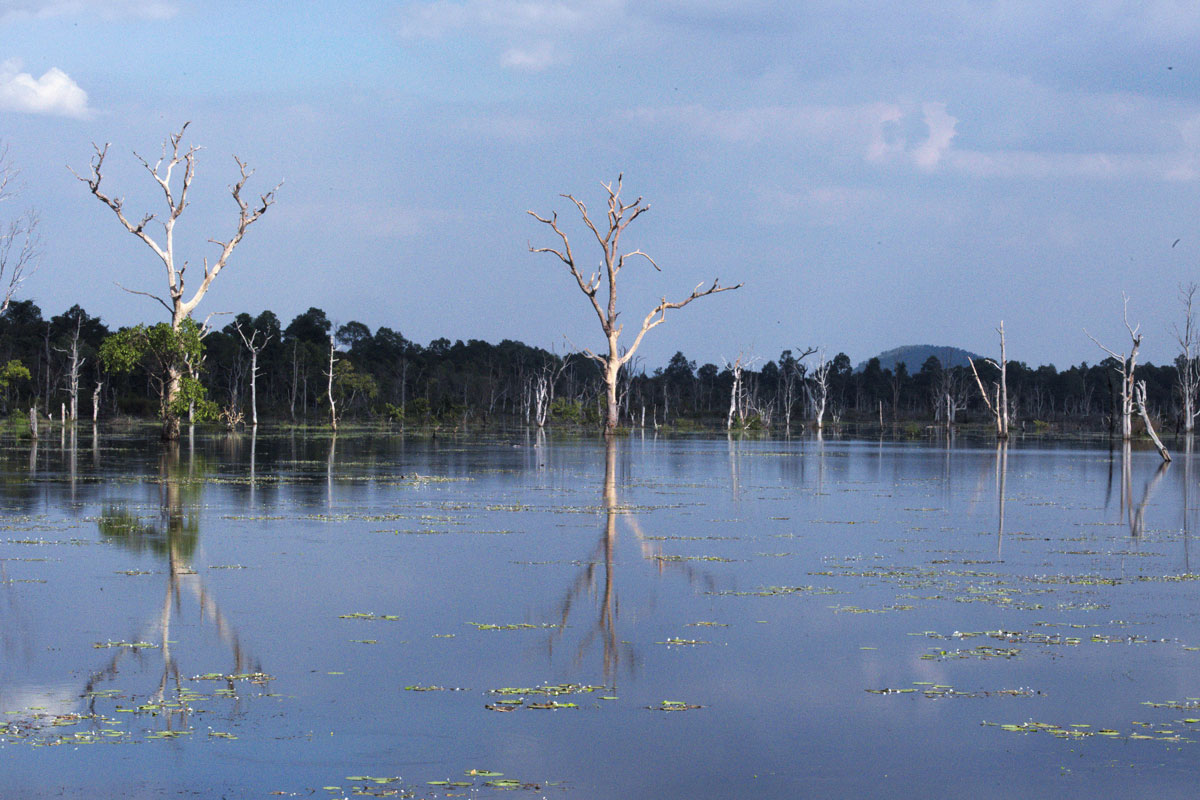
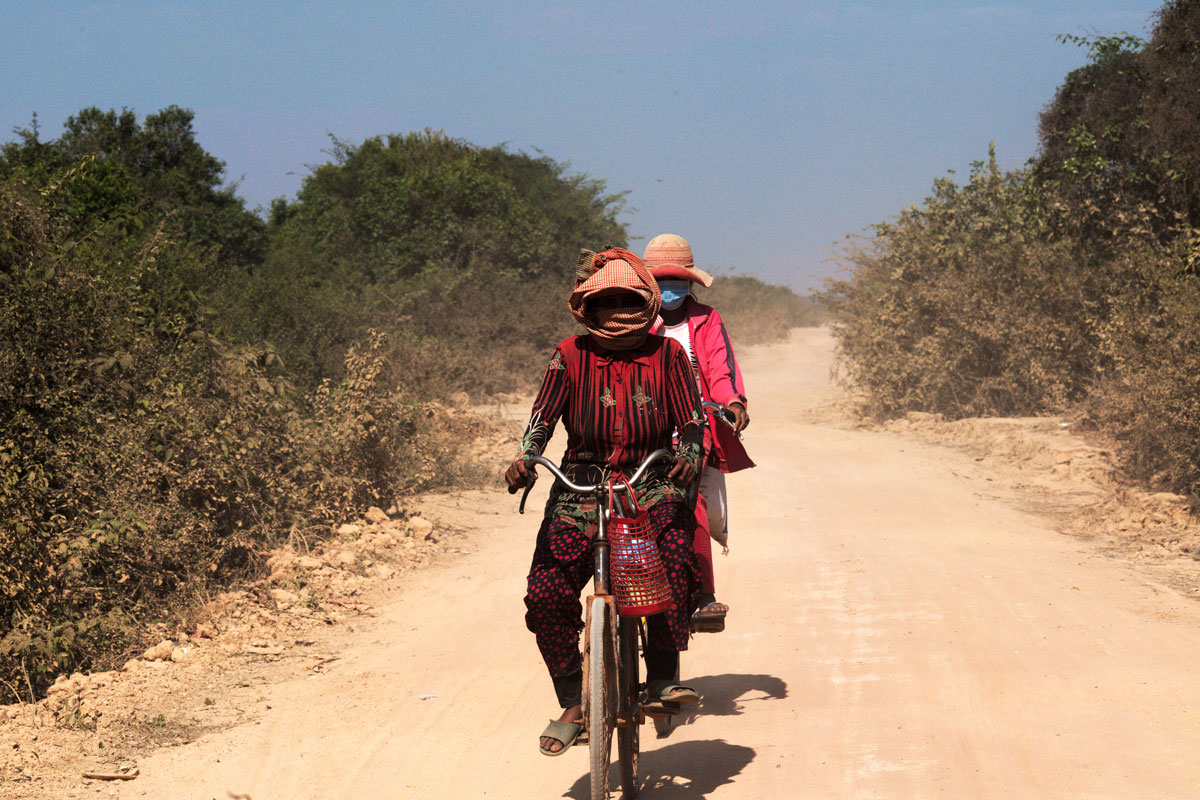


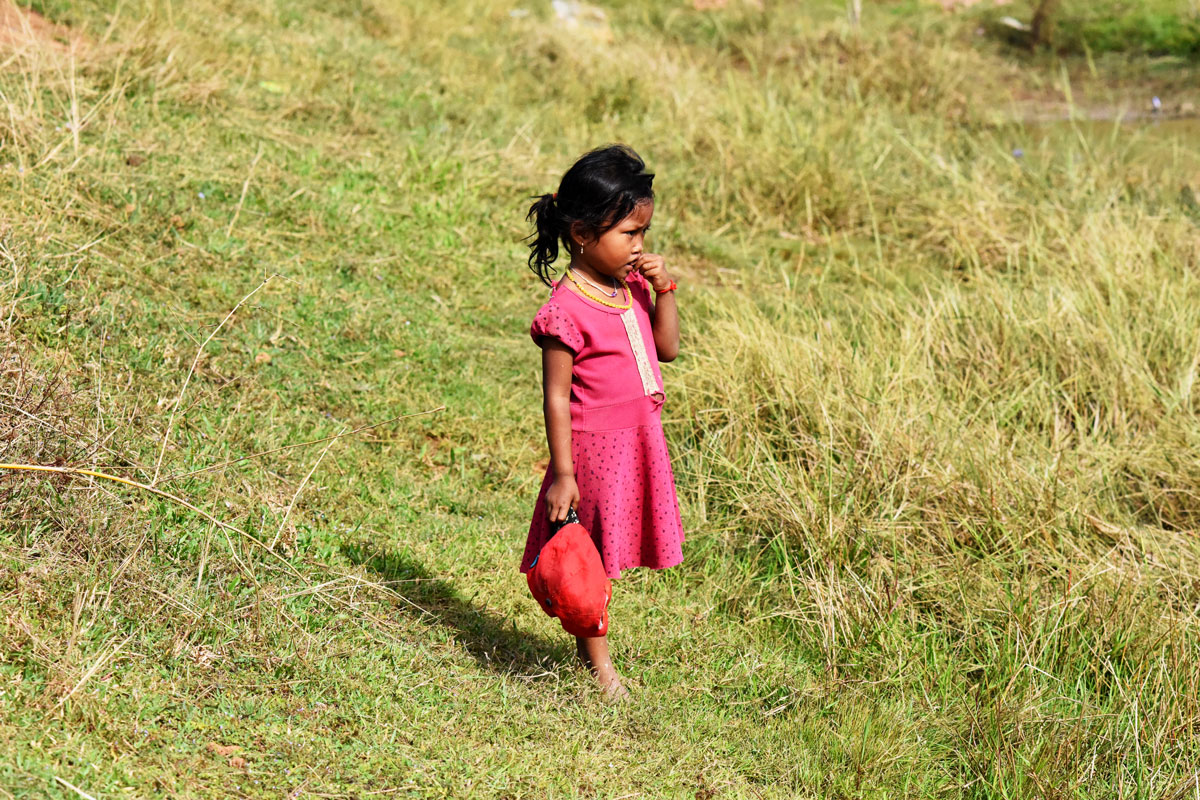
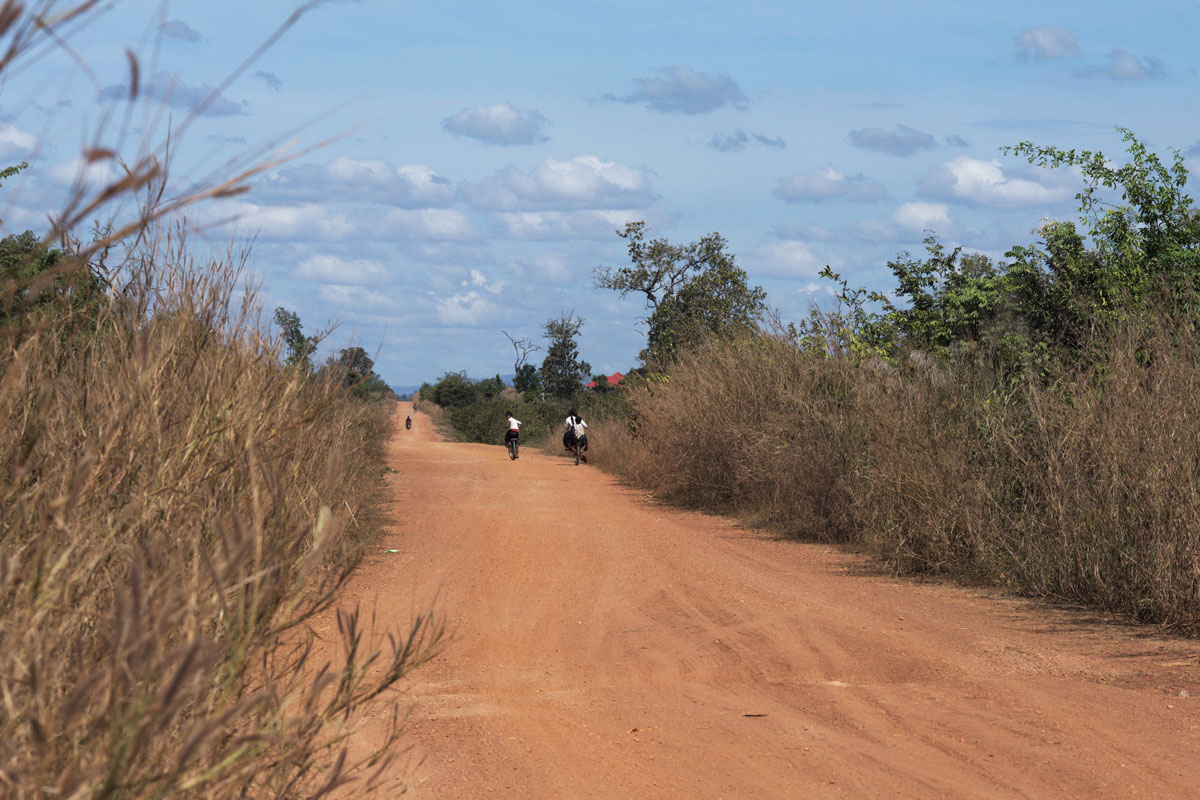
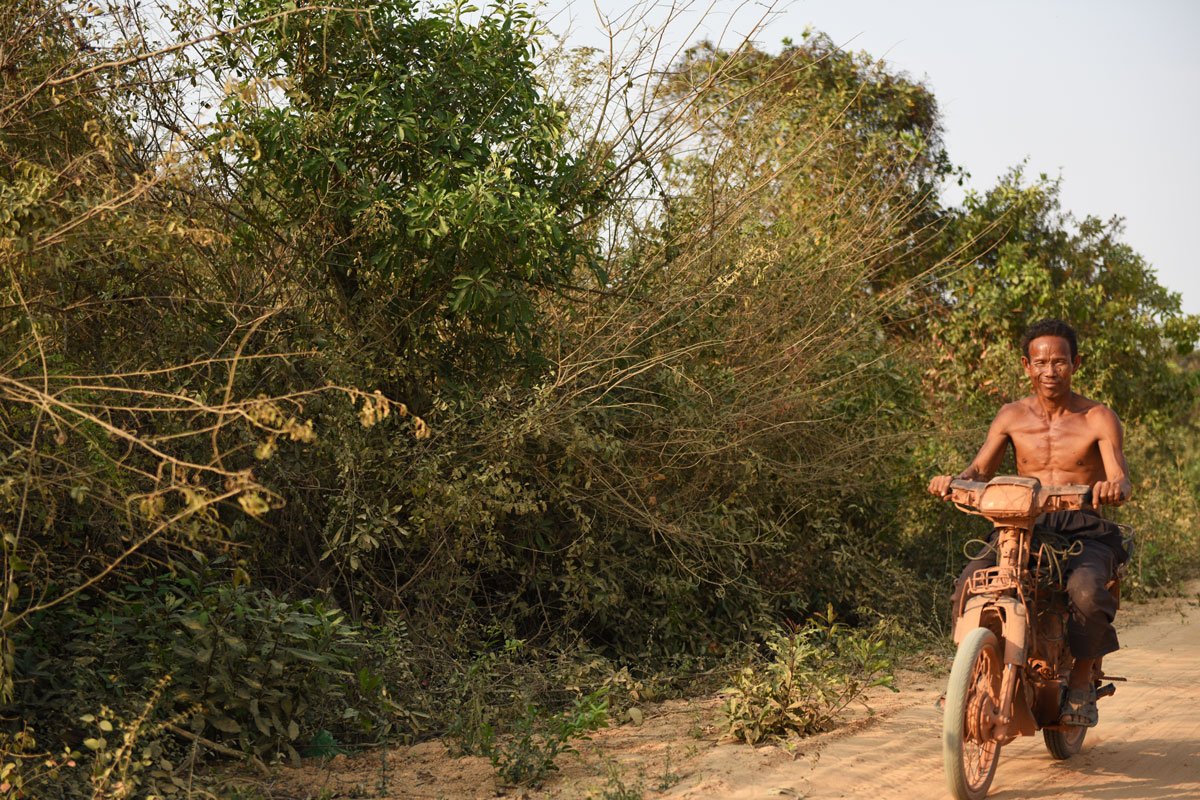


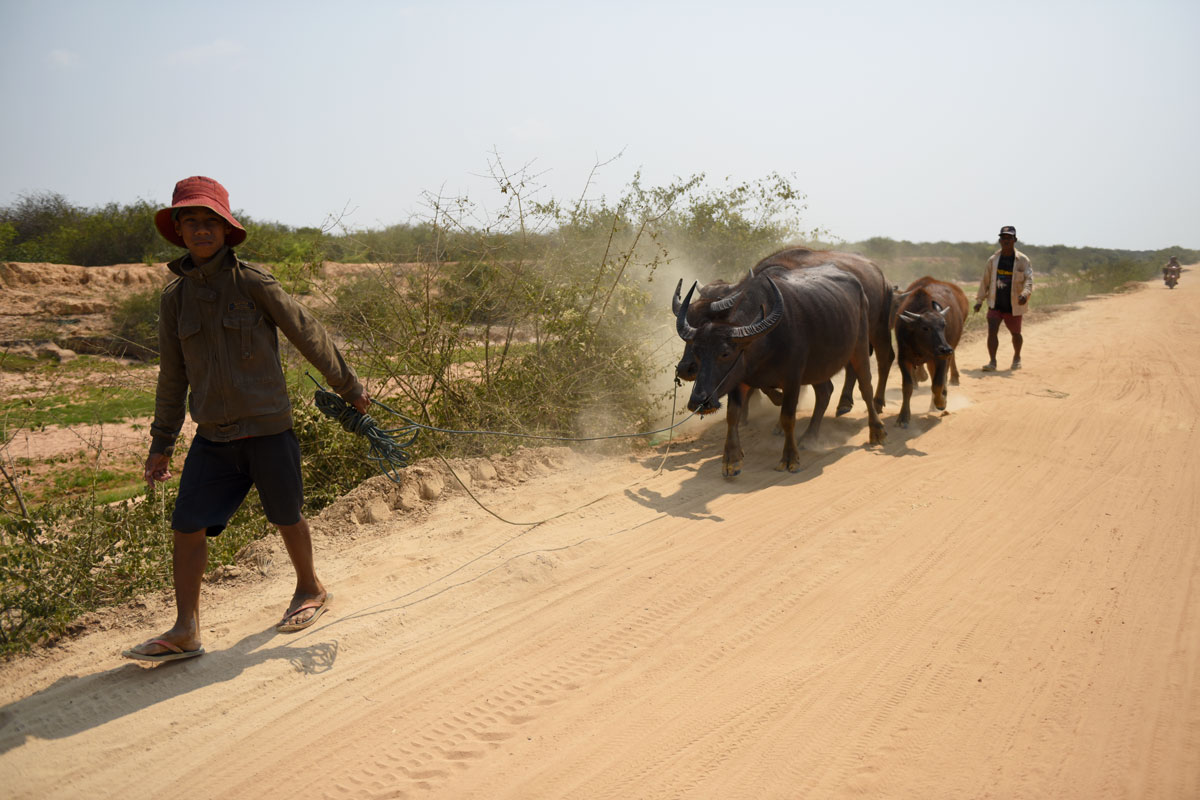

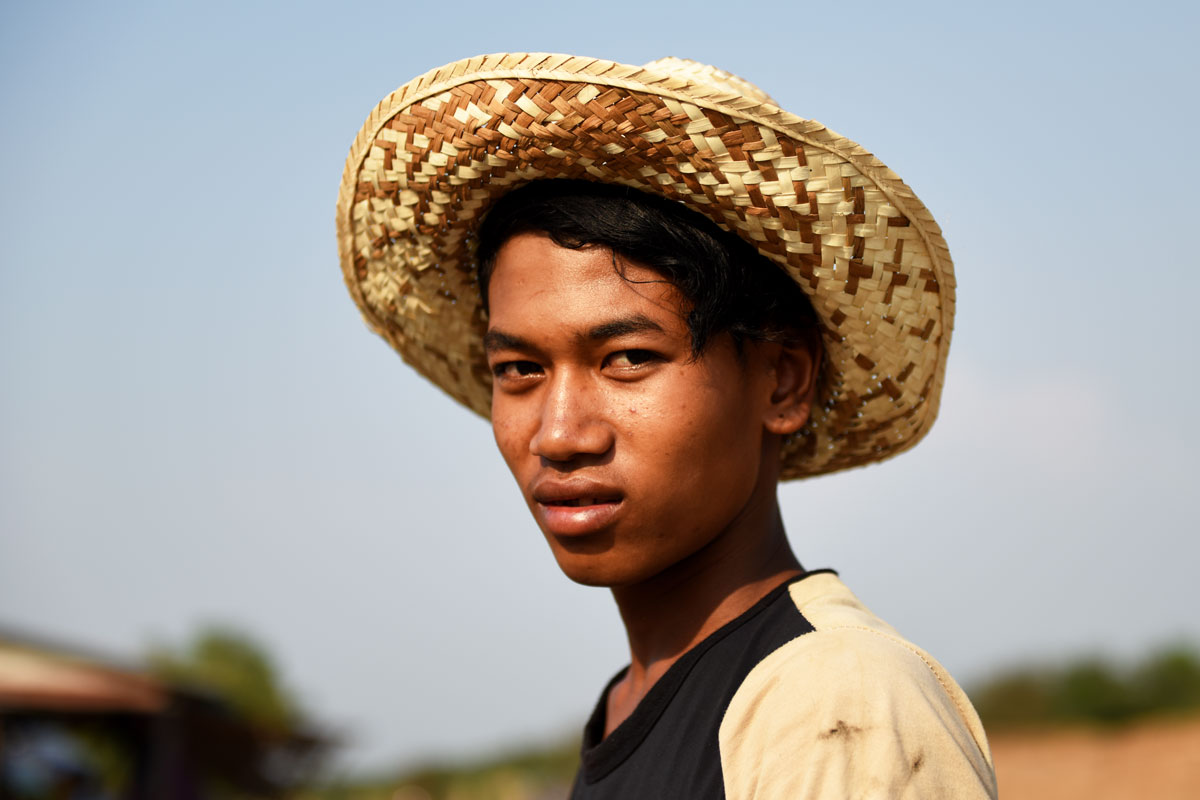
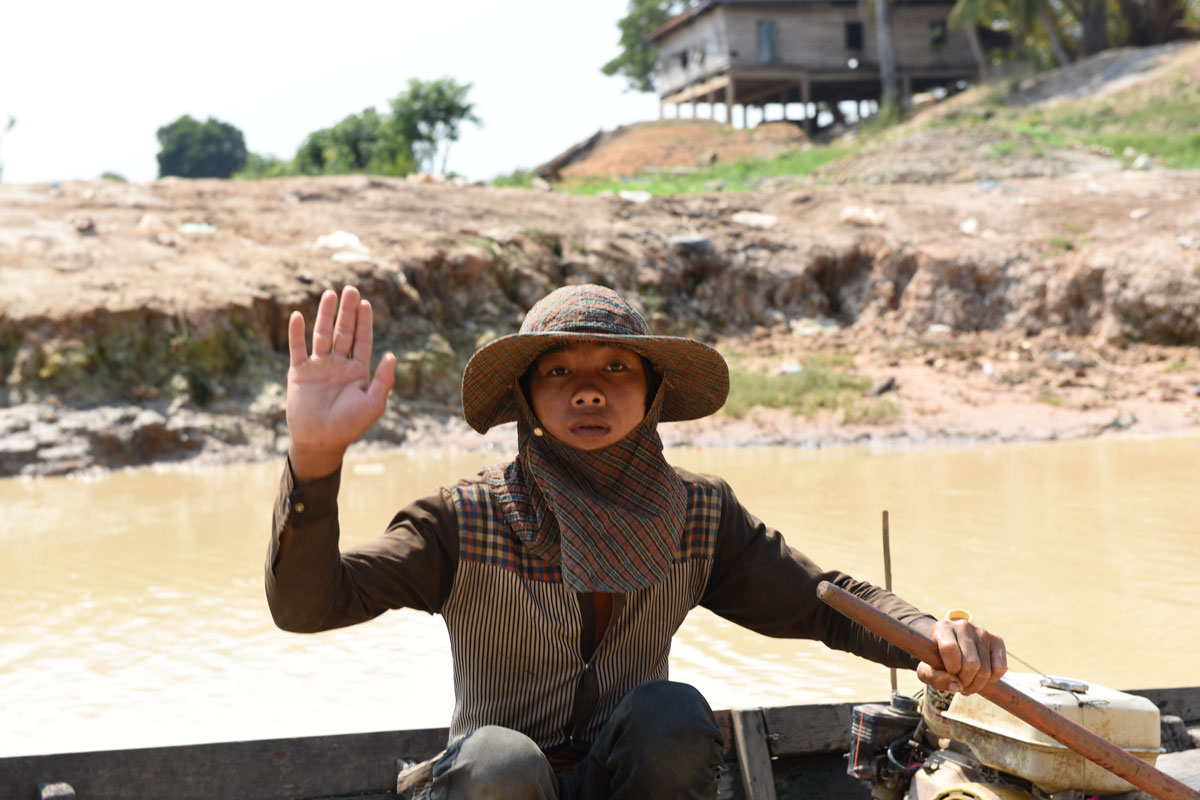

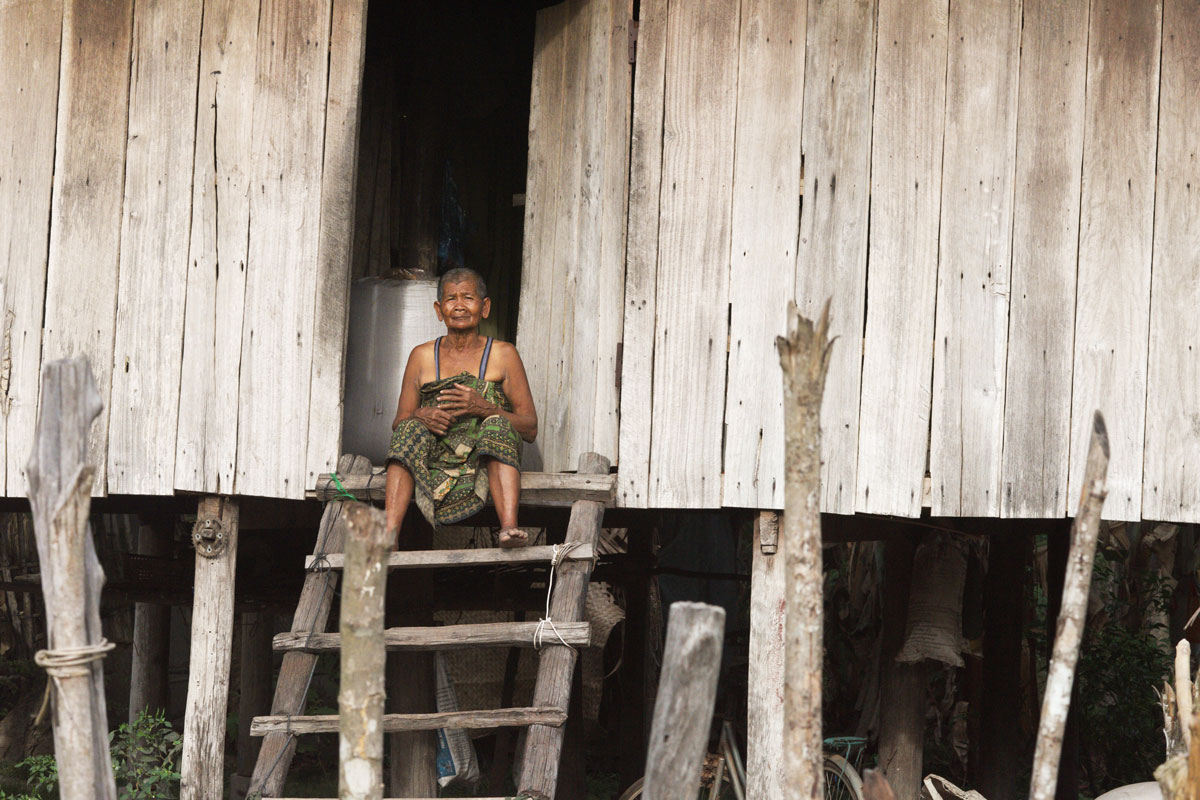
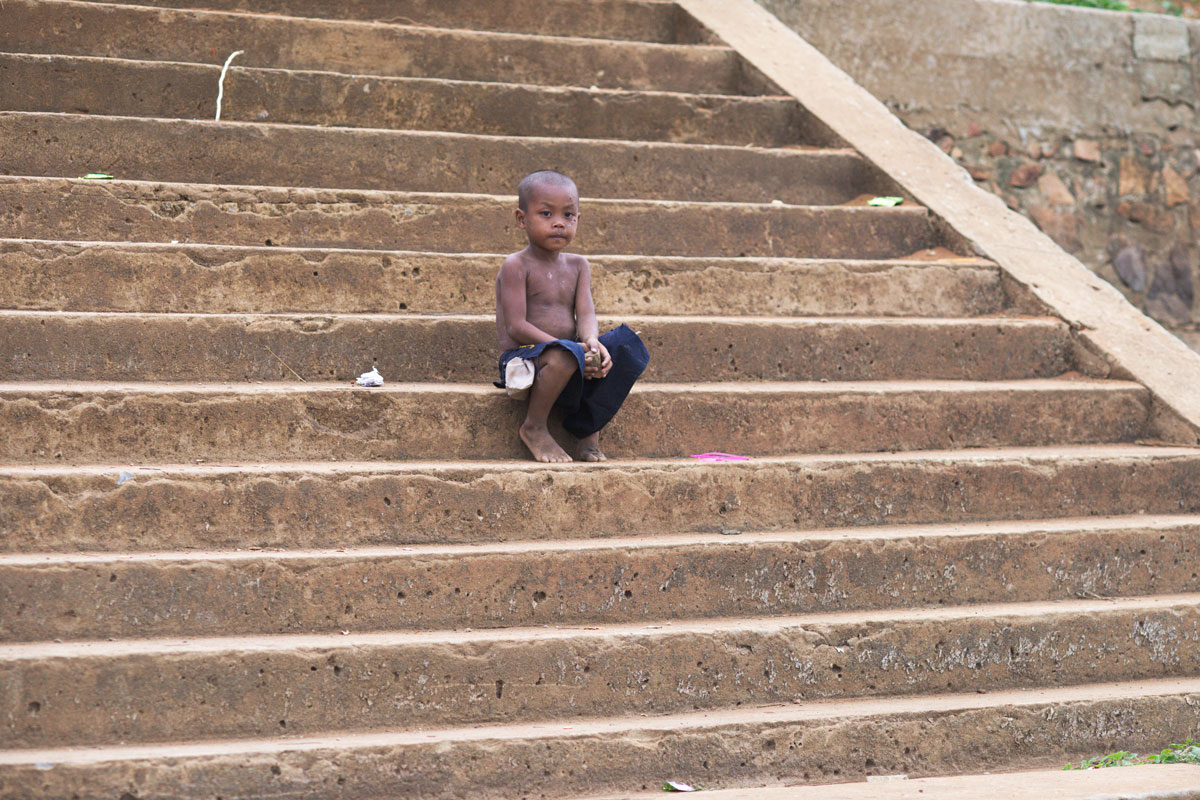
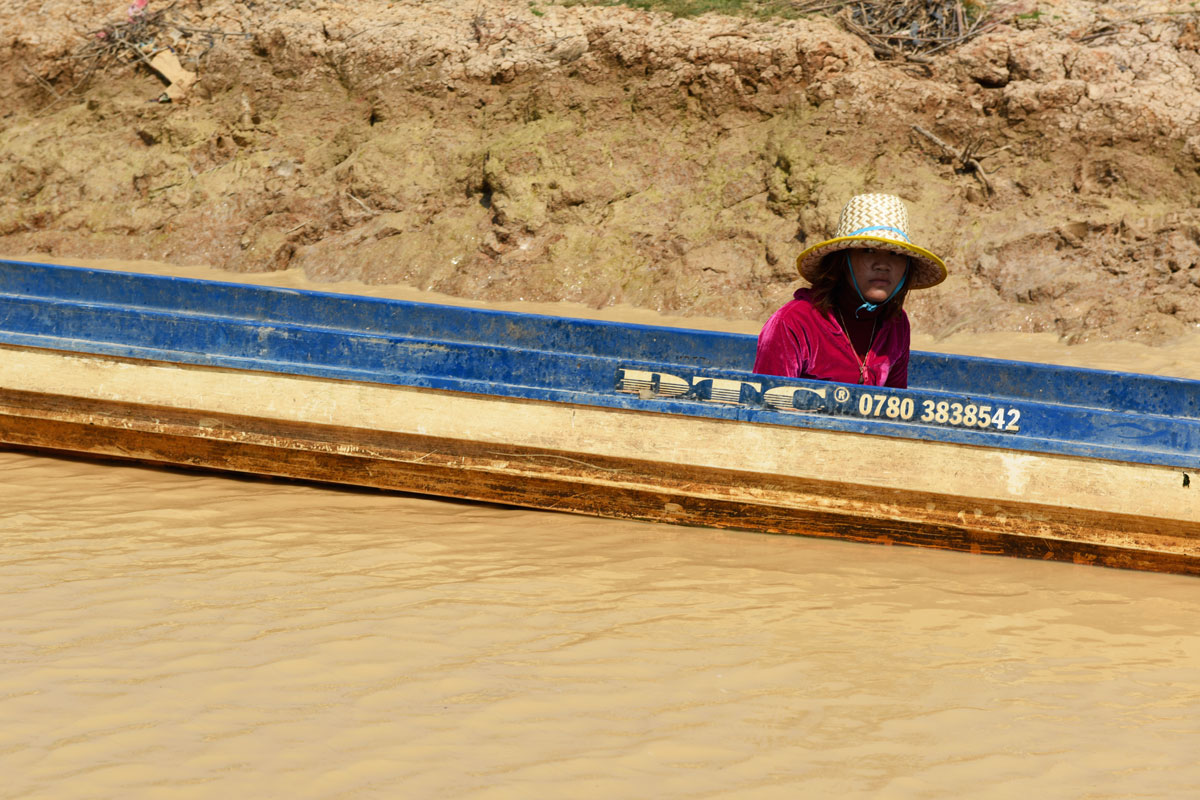
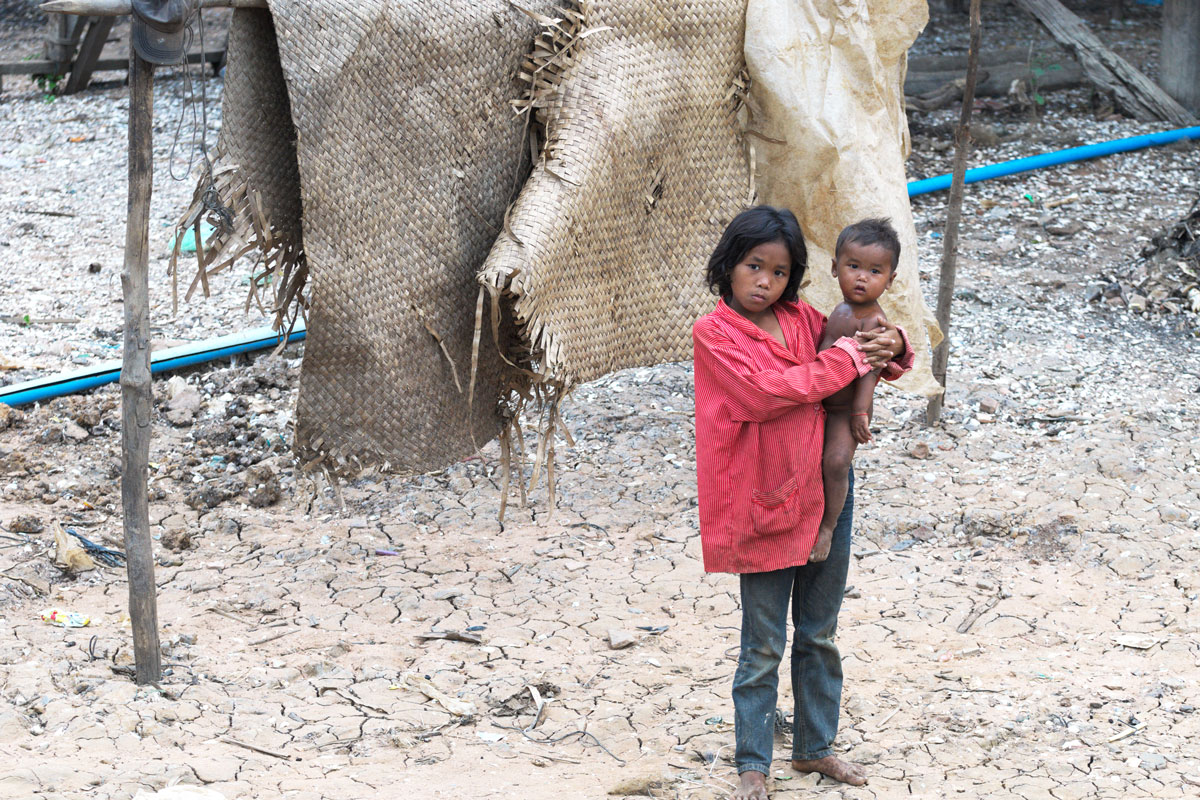
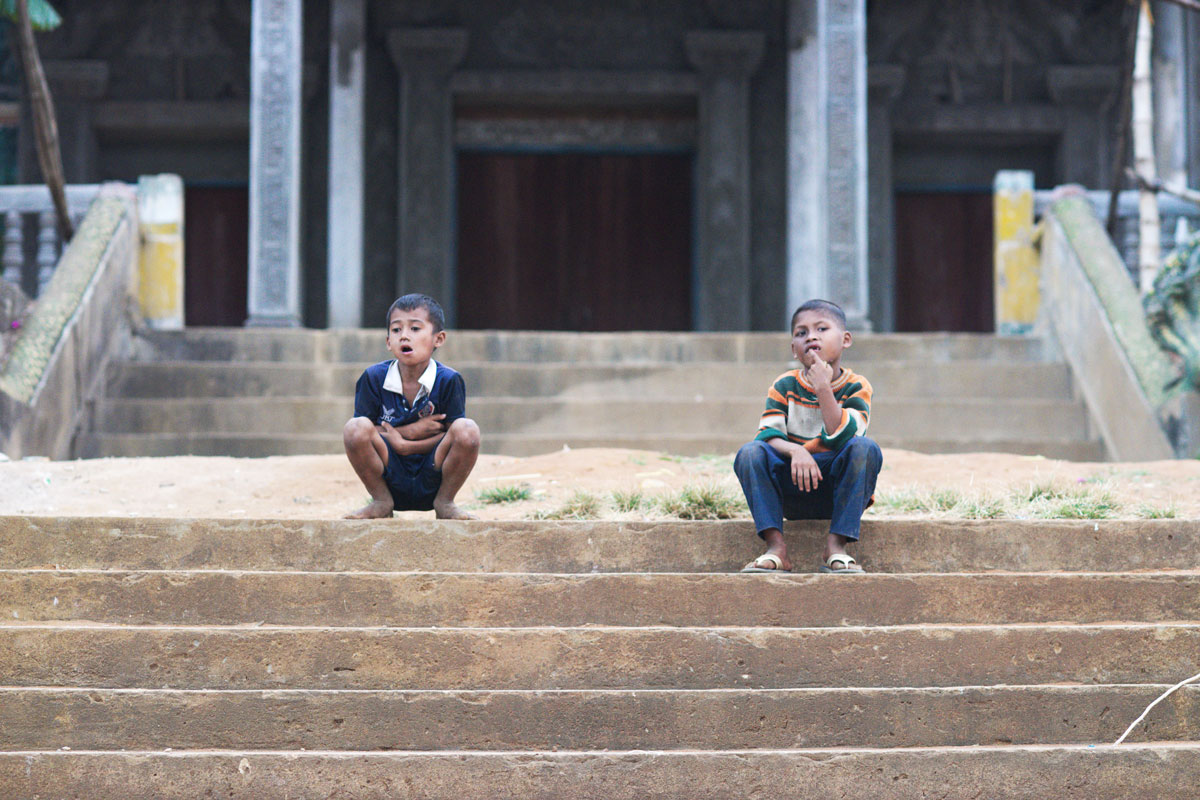

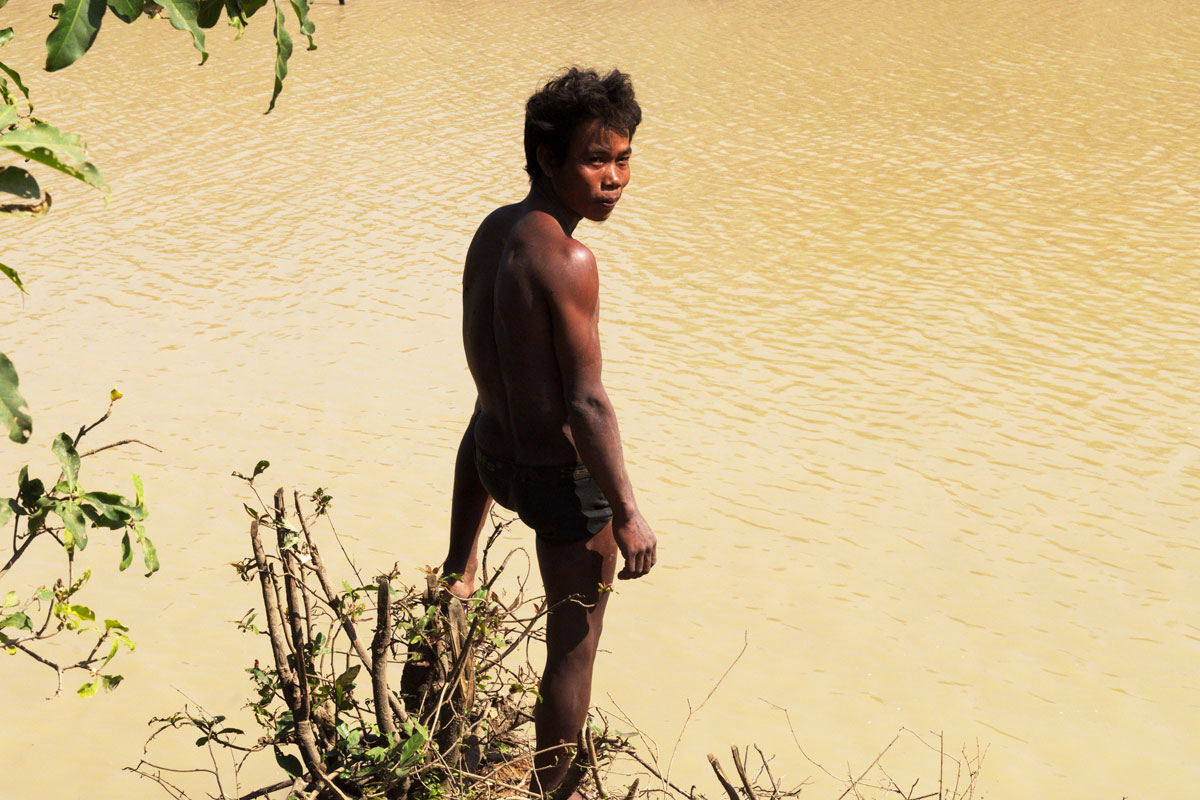

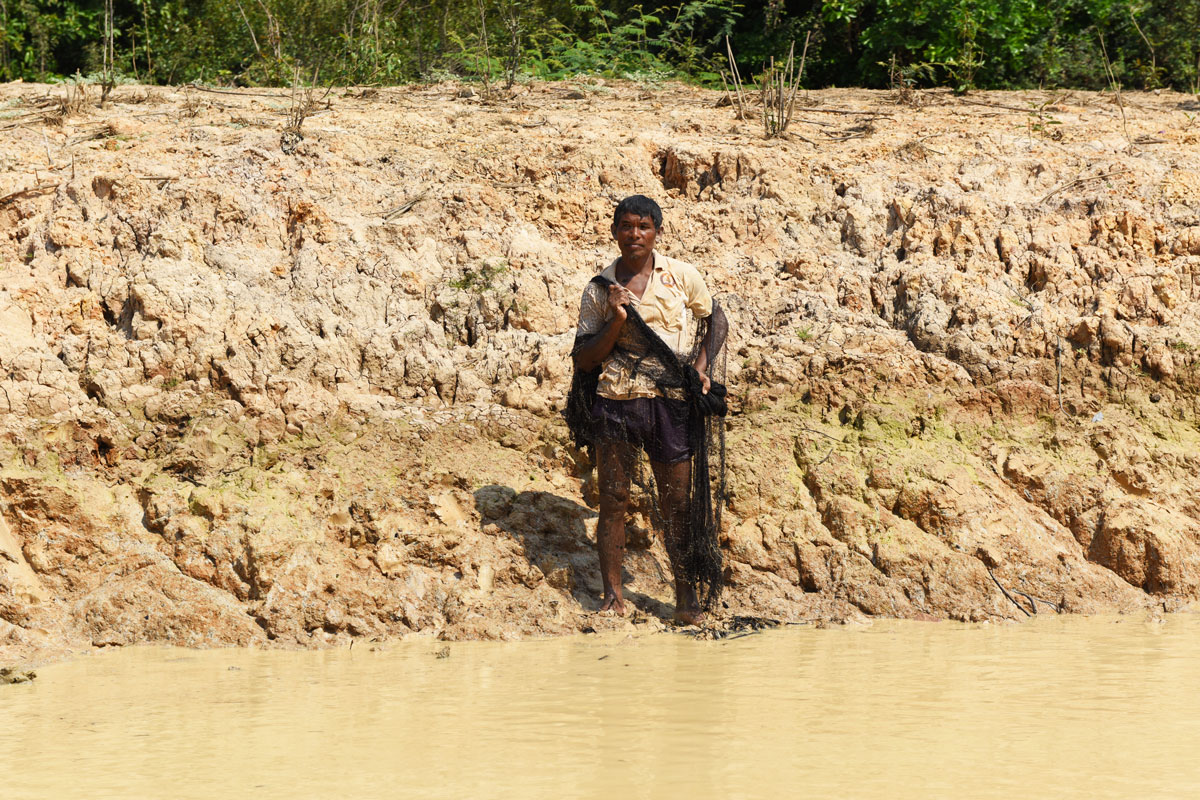
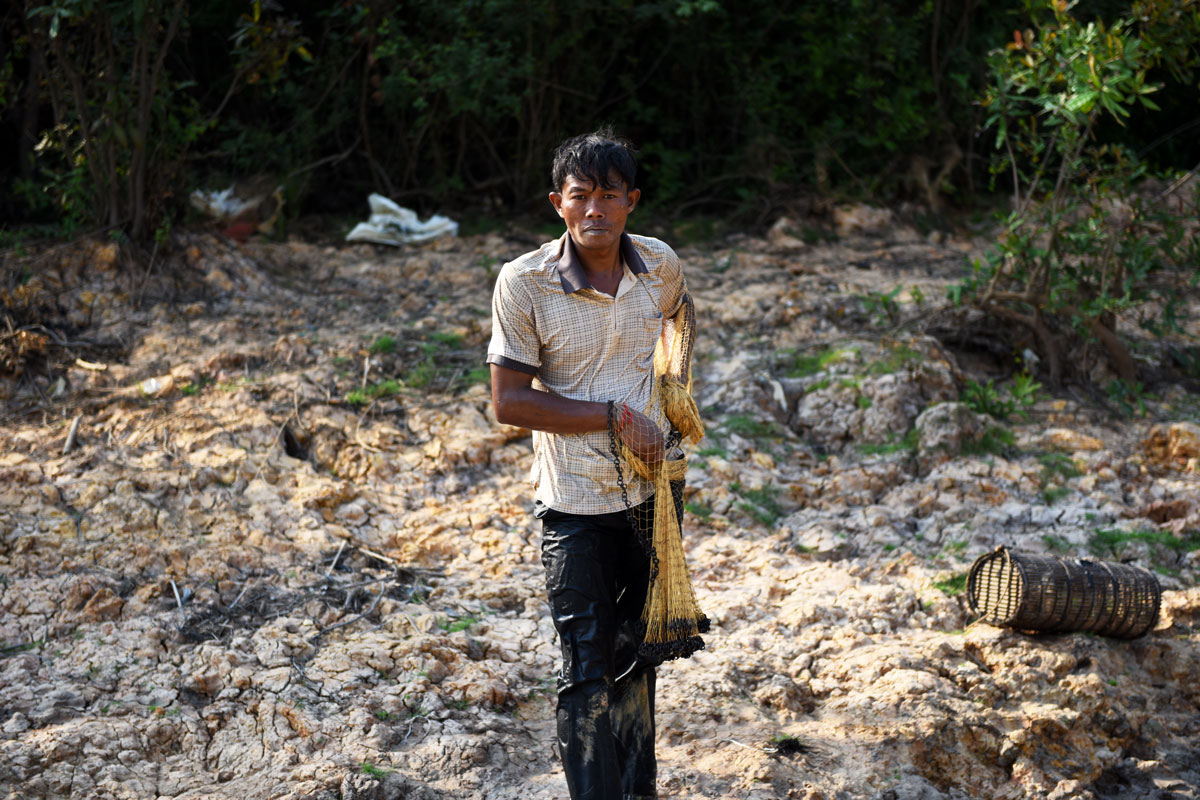
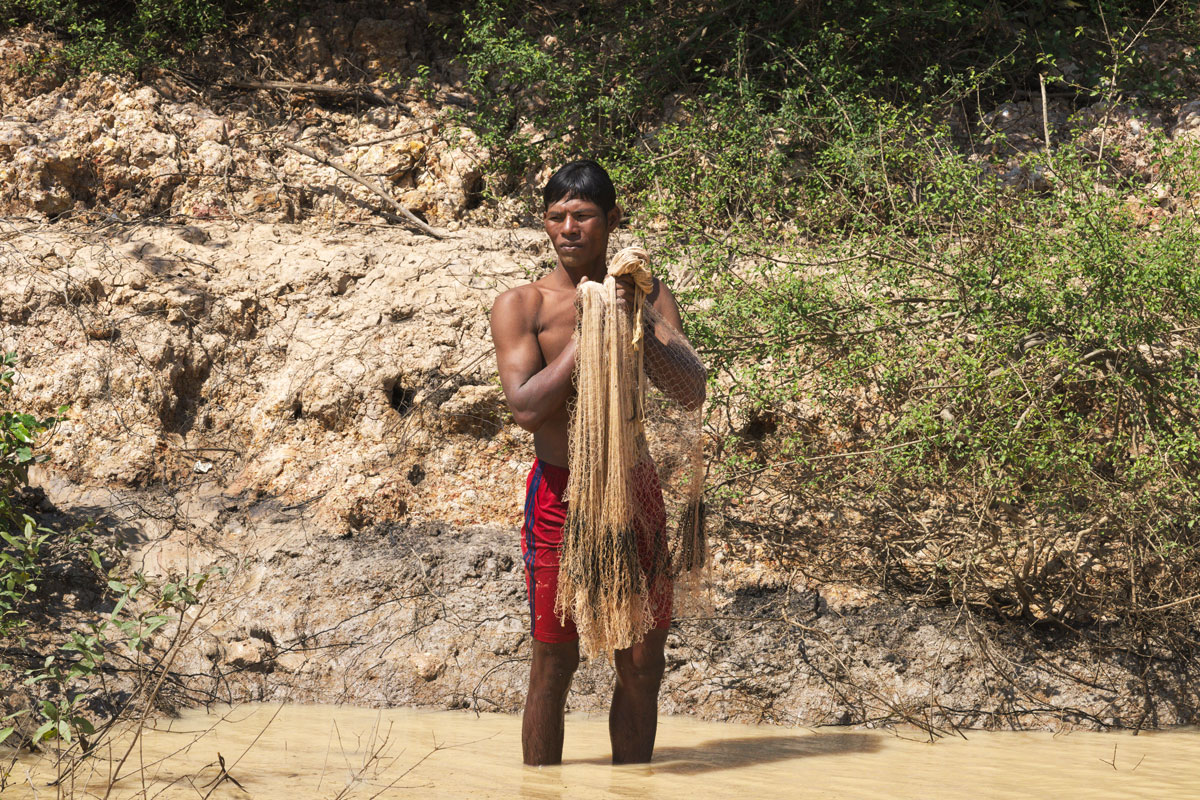
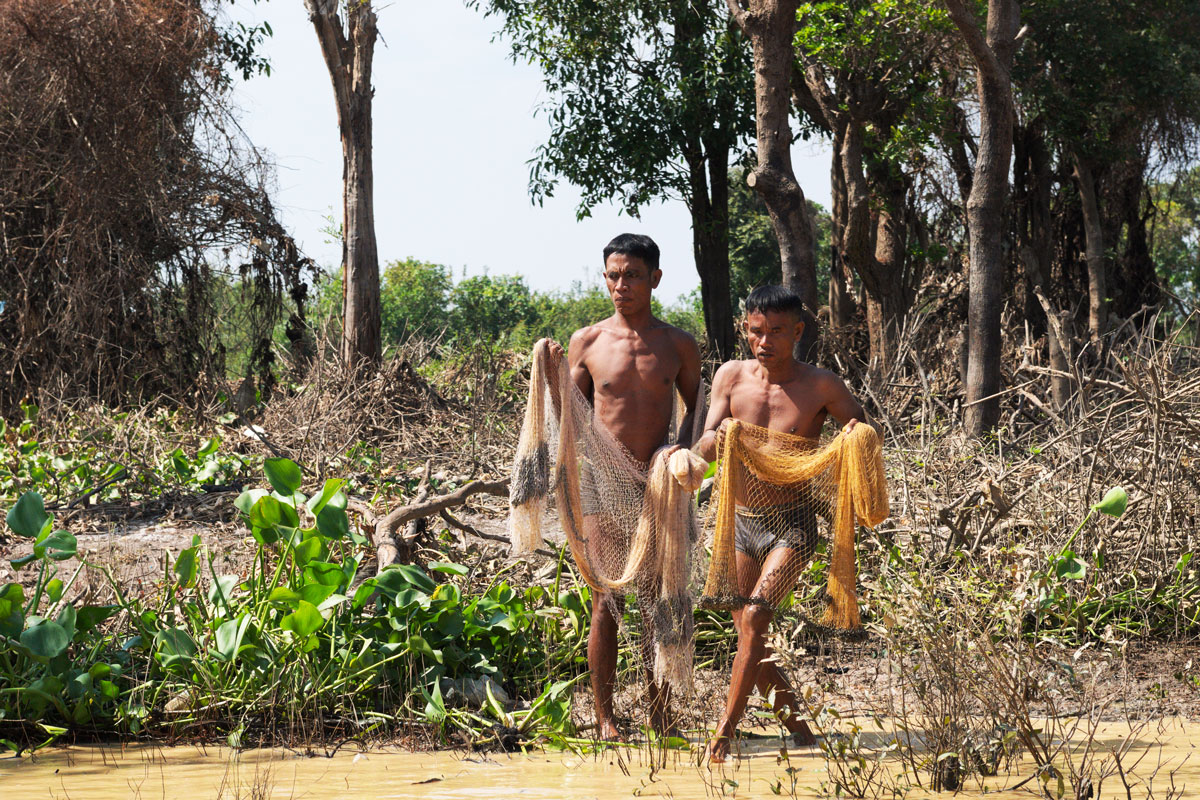
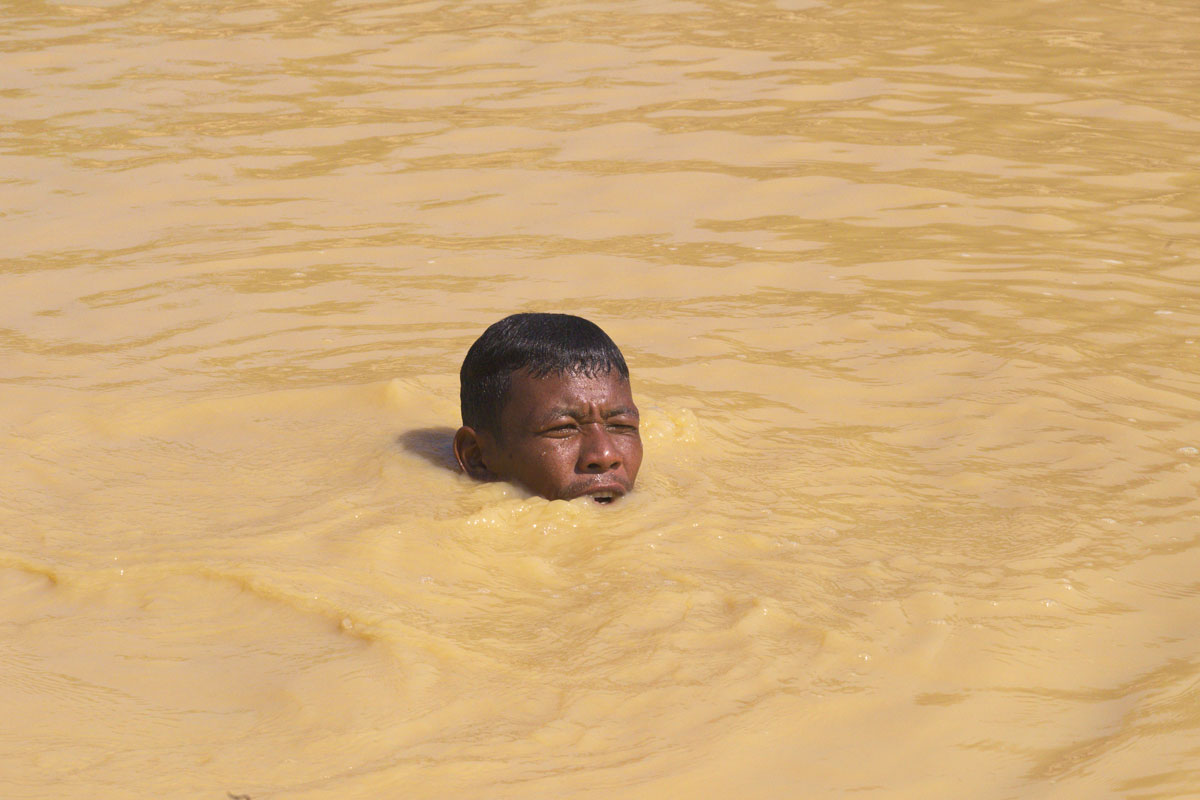
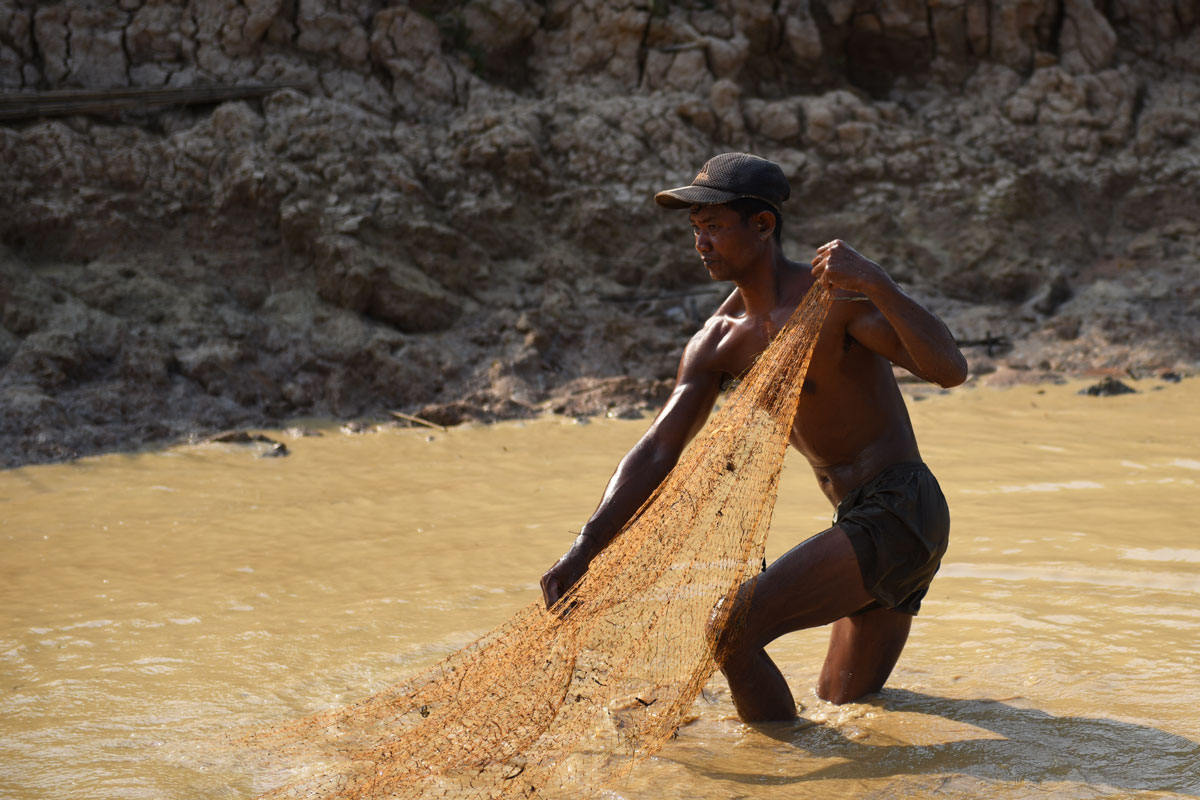

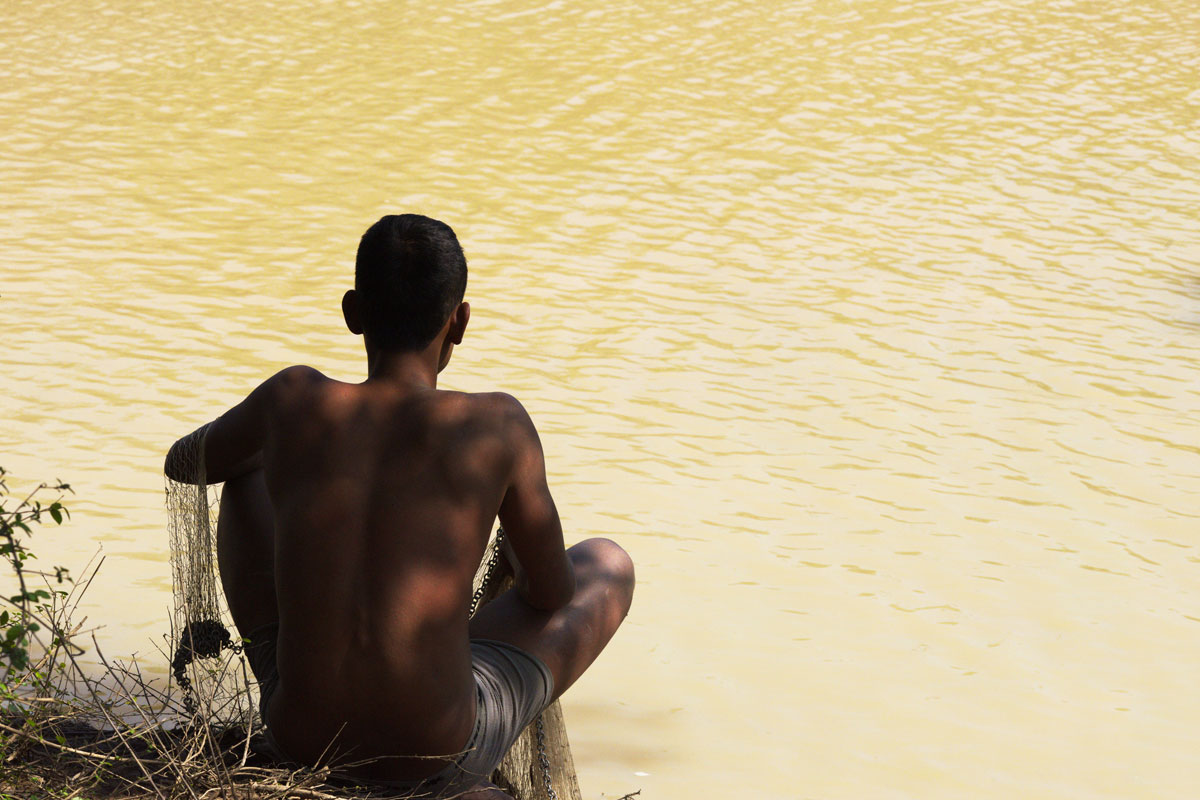
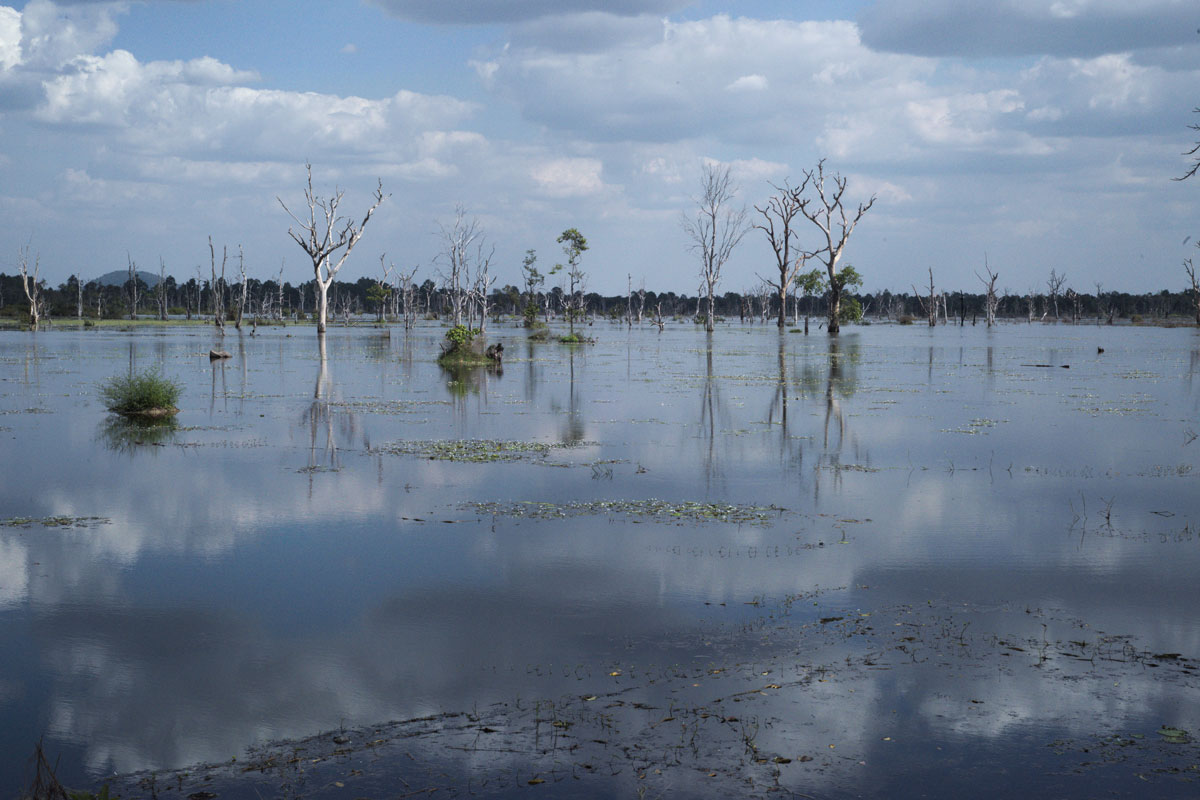
 Cambodge © AE/JY Coquelin - all rights reserved
Cambodge © AE/JY Coquelin - all rights reserved
English
Anne-Elisabeth and Jean-Yves Coquelin photographed together for the past eight years but more seriously when they left for India and then China in 2013.
Born in France in the mid-sixties, they discovered Southeast Asia late and photographed India as well as Vietnam and Cambodia. After years of accumulating prints, they decide to create series aiming for publication, centered on portraits but also exploring the street scenes.
Working in pair is decisive. That allows to overcome the aesthetic doubt attached to images and relationships which each one of them feels strongly about. Working together, the dialogue expands: from the inside, from the duel to the subject, it becomes a three, for, group speech. It is momentarily seized and shared, it becomes a projet and a permanent speech. To the point when they sometimes forget who triggered the shutter, who is the author. There is no more author. Or he is in the background, behind this project, behind images that reflect their common emotions.
These Indians portraits have kept intact its power on them.
These are the first images they chose to share.
Indian Faces
The Indian subcontinent ineluctably leads to portraiture. In the street exclusively. Living among them, restraint has finally given way to complicity, it clicked to the point to dare face them.
No studio, no artificiel light, no installation, no staging. Only one idea:a fleeting dialogue, often without any word exchanged. The Indians, wether a rickshaw wallah, a beggar or a simple passerby resting in the shade, let themselves be photographed. By kindness, by generosity, without any manners. For fun too, so that they don’t take themselves too seriously. Except for an instant while looking at the reversed image. As if photograph, in an harassing day burdened by a merciless sun, offered a recreation.
The photographer’s task is to capture in the look and in the attitude of his subjects the lasting impression of gentleness and acerbity, candor and gravity.
The portrait speaks in silence, by the incisive, frozen, undeniable image, the inhuman condition. Without filter. Finding in each picture, as these men and women do, elegance and dignity eluding the inevitable; demonstrating their willingness to stay alive, to bring back the child that lives in us, despite the absolute injustice of the implacable social determinism.
Each portrait thus becomes a form of tribute to this silent struggle, as vain as it is essential.
A kind of fraternal getting. Light and grateful.
Translation by Sandrine Hermand-Grisel (Founder, Editor), All About Photo
Canope
Le Canope. Le silence et l’eau. Les feuillages et l’étirement.
La villa d’Hadrien et ce bassin. Avec ses statues élégantes. Immuables, placides, lascives. Dans l’attente et dans le geste.

The Canopus. Silence and water. Foliage and stretching.
Hadrian’s villa and this basin. With its elegant statues. Immutable, placid, lascivious. In the wait and in the gesture.
(Canopus, Hadrien’s villa – Tivoli, Italy)
Copyright ©
Copyright © AE & JY Coquelin, tous droits réservés.
Copyright © AE & JY Coquelin, All rights reserved.
Aucune image publiée sur ce site ne doit être diffusée sans autorisation explicite des auteurs. Pour toute demande d’autorisation, merci de commenter cette page.
No image on this website can be published without authorization given by the photographers. You can apply to be authorized commenting this page.
Projet de publication
La série « Indian Street Faces » est en préparation.
Elle comptera 8 volumes :
- Diu
- Rickshaw Wallah
- Delhi
- Pondichery
- Goa
- Ladakh
- Karnataka-Tamil Nadu
- Rajasthan
la recherche d’éditeur est en cours. Si vous êtes intéressés, merci de laisser un commentaire.
The series « Indian Street Faces » is in preparation. It will have 8 volumes : Diu / Rickshaw Wallah / Delhi / Pondichery / Goa / Ladakh / Karnataka-Tamil Nadu / Rajasthan
Publisher search is in progress. If you are interested, please comment this post.
Blog
© AE & JY Coquelin
